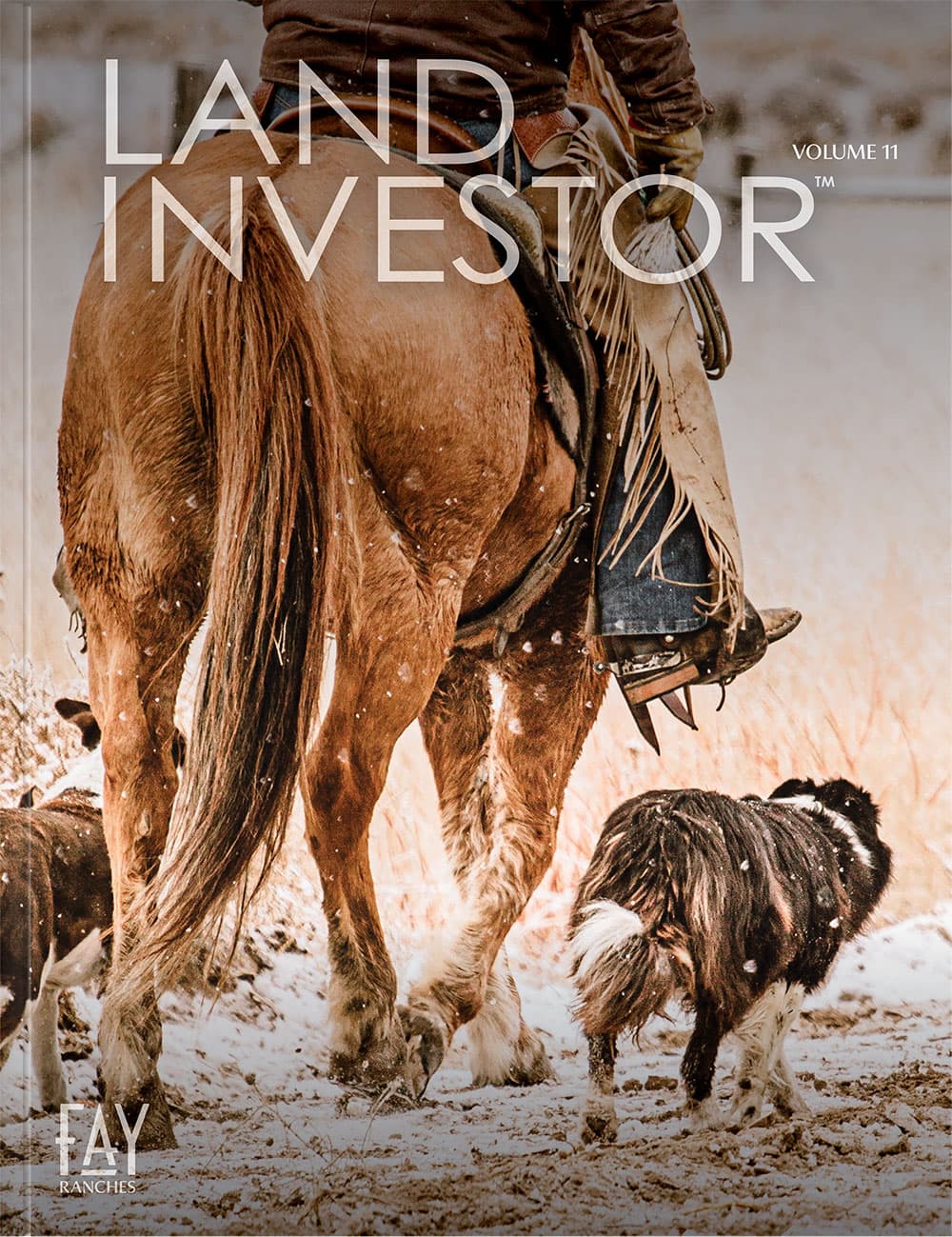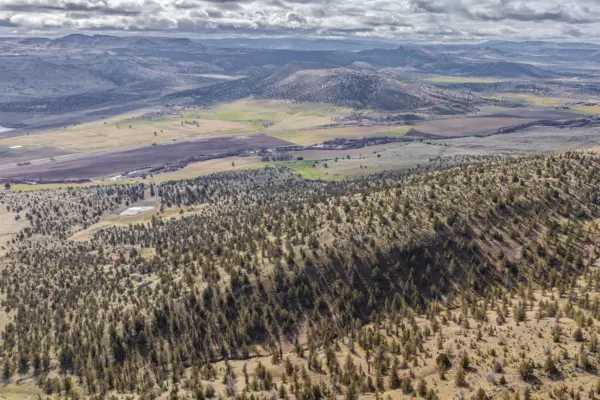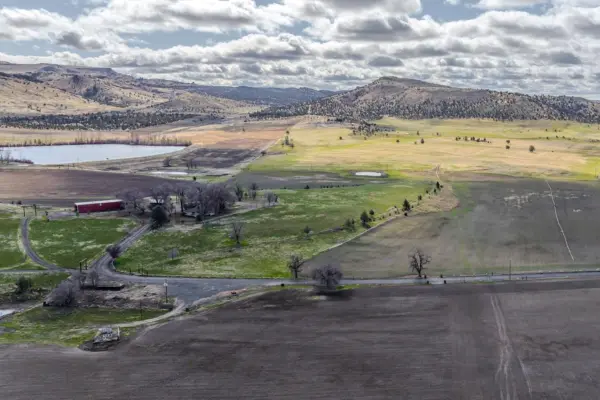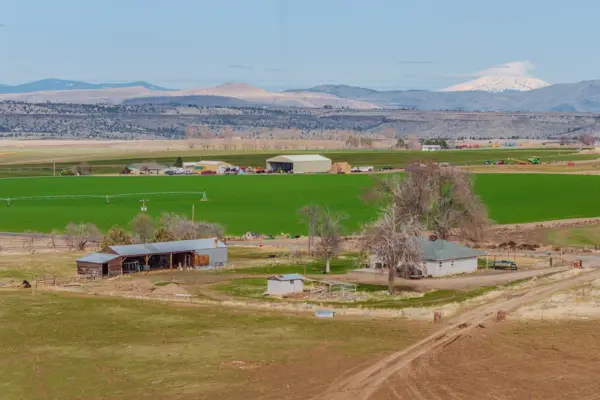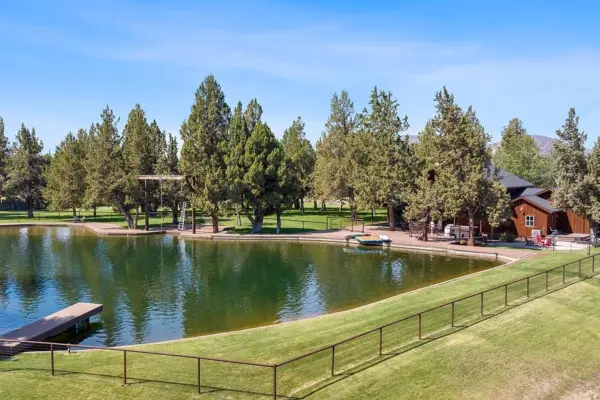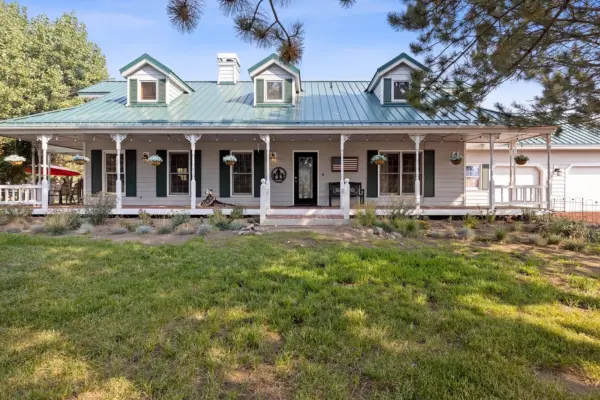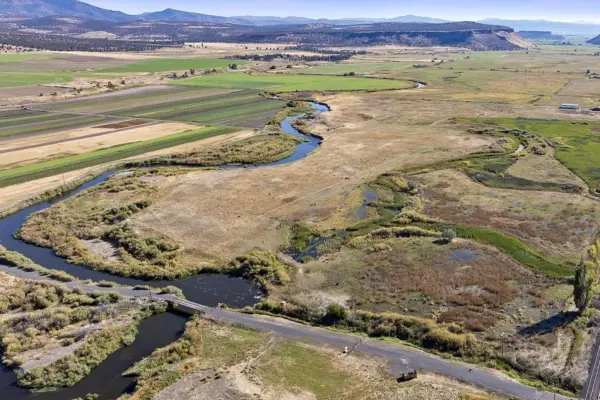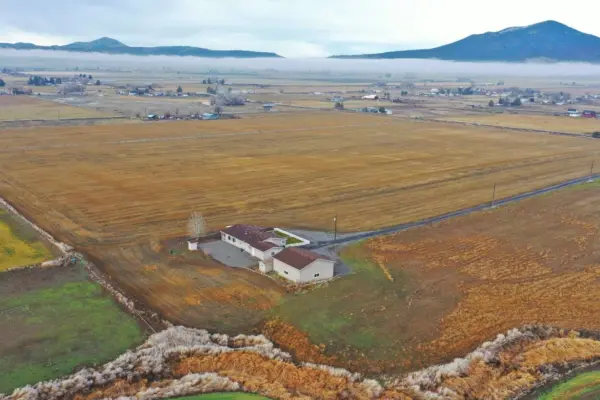What were your Favorite traditions growing up on a ranch?
Hicks: It’s not so much a tradition, but, as kids, we were outside a lot, and used our imaginations to entertain ourselves. We also had a go-kart and rode horses. There was a creek that ran through the property, and my dad created a pond, so we spent time swimming in the pond and trying to catch water skippers. My dad also built me and my brothers a tree fort; we would bring in wood, help dad with whatever projects he was working on, and my older brother had to fix fences. At the time, I hated living in a small town because we didn’t have a lot to do, so we relied on doing those chores, being outside, and using our imaginations. As an adult, I’m very thankful for that.
Lowry: As kids, we would make daily chores fun. While raising cattle, sheep, and hogs, each year we would have baby animals that needed extra attention. Almost every year we had a lamb or a piglet that would need to come into the house on a cold day, and that was fun for us as kids to help a baby animal survive and to spend time with it in front of the fire at the same time or to have to go to the barn to bottle feed a calf.
Before we were old enough to get our driver’s licenses, our parents would send us out to the field to drive through the cows when they were calving, and we would come back to give them a report of what we found. It was really cool because it gave us a sense of responsibility to do that by ourselves and it gave them a much-needed break after a long night during calving season. We have so many happy memories together as kids spending time in the barn. Even today I find the barn is my happy place and I spend most of my free time there working with my animals.
Schalla: Spring branding is my favorite tradition. At our brandings, we help mom cook delicious meals for all the help, neighbors come from near and far to lend a hand, and we get to show off our sorting and roping skills. As branding season progresses, we are blessed to see beautiful ranches, impressive cattle herds, and varying styles of branding and roping, creating a season I look forward to every year. Some ranches drag their calves to flankers, some to Nordforks, and some even head and heel their calves. There are families that process their calves across calf tables, but no one in our local community does. Every fall, our White Rock community has a Rocky Mountain Oyster fry to celebrate another year of hard work and achievement. We cook up the calf oysters harvested from several of the nearby ranches, and everyone brings their favorite potluck dish to accompany the main course. It is an annual event our entire community looks forward to.
What is the significance of those traditions? Why do you feel they’re important?
Hicks: With gas prices and grocery bills impacting budgets in a big way, the benefits of having egg-laying hens and a productive vegetable garden are obvious. Less obvious, but no less valuable, are lessons that can be learned by tending those chickens, sowing those seeds, and dealing with Nature’s cycles. For families with children, the intergenerational knowledge passed down through the seasons is priceless, as is working with neighbors—trading eggs and vegetables for meat and goat milk or helping mend a fence reinforces healthy interdependence rather than a dependency on centralized goods and services. If you’ve ever grown vegetables or made your own clothes, you know that self-sufficiency can be very rewarding; the sense of achievement can bolster self-esteem and self-confidence—important gifts to pass on to your children!
Lowry: Many of my peers lack the desire and drive to set and reach goals, and the motivation to try new things, but I see that those who want something with all their might will work for it and go get it. I personally see that people who work in agriculture or with livestock push themselves to grow and produce better quality crops and livestock. Putting in the work is not easy, so I commend those who are involved in agriculture and push themselves to do better and work harder because it takes a special person to be able to do this every day while facing many obstacles that are out of their control.
Schalla: I feel these traditions help maintain the bond of the community and significantly help to immerse the younger generations in our heritage and culture. Fewer and fewer young people want to continue forward with the lifestyle and careers of their parents and grandparents. My brothers and I have each continued with our own operations in agriculture. We hope the next generation has the same rewarding experiences we have so that they will continue helping produce food for our Nation and being stewards of the land.
